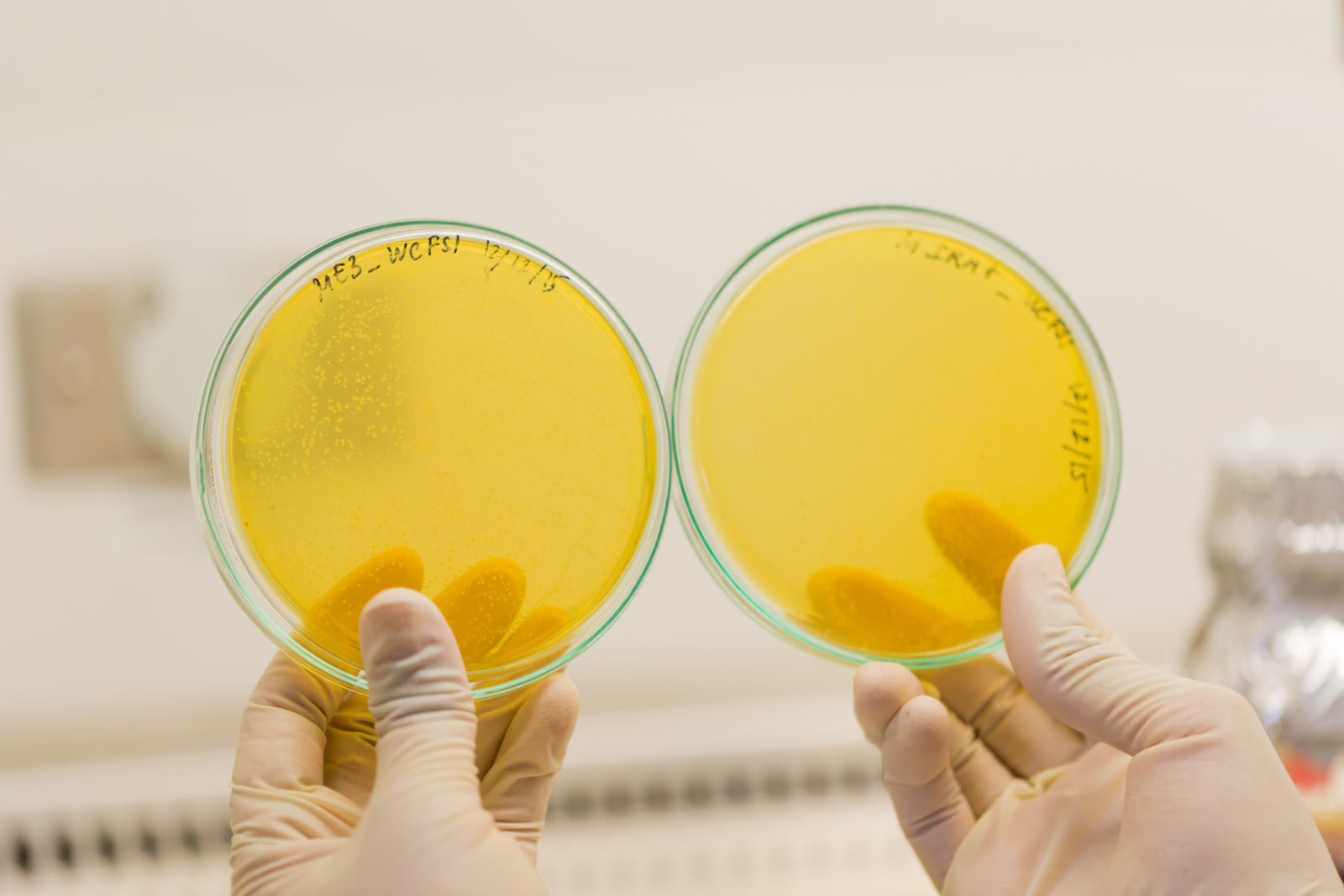
What’s the difference between Legionnaires’ disease and pneumonia?
The short answer is that Legionnaires’ disease is a type of pneumonia. It is caused by bacteria called legionella which also causes other types of pneumonia, including Pontiac fever and Lochagoilhead fever. Legionnaires’ disease, however, is the most serious of the three. Untreated, it can be fatal.

